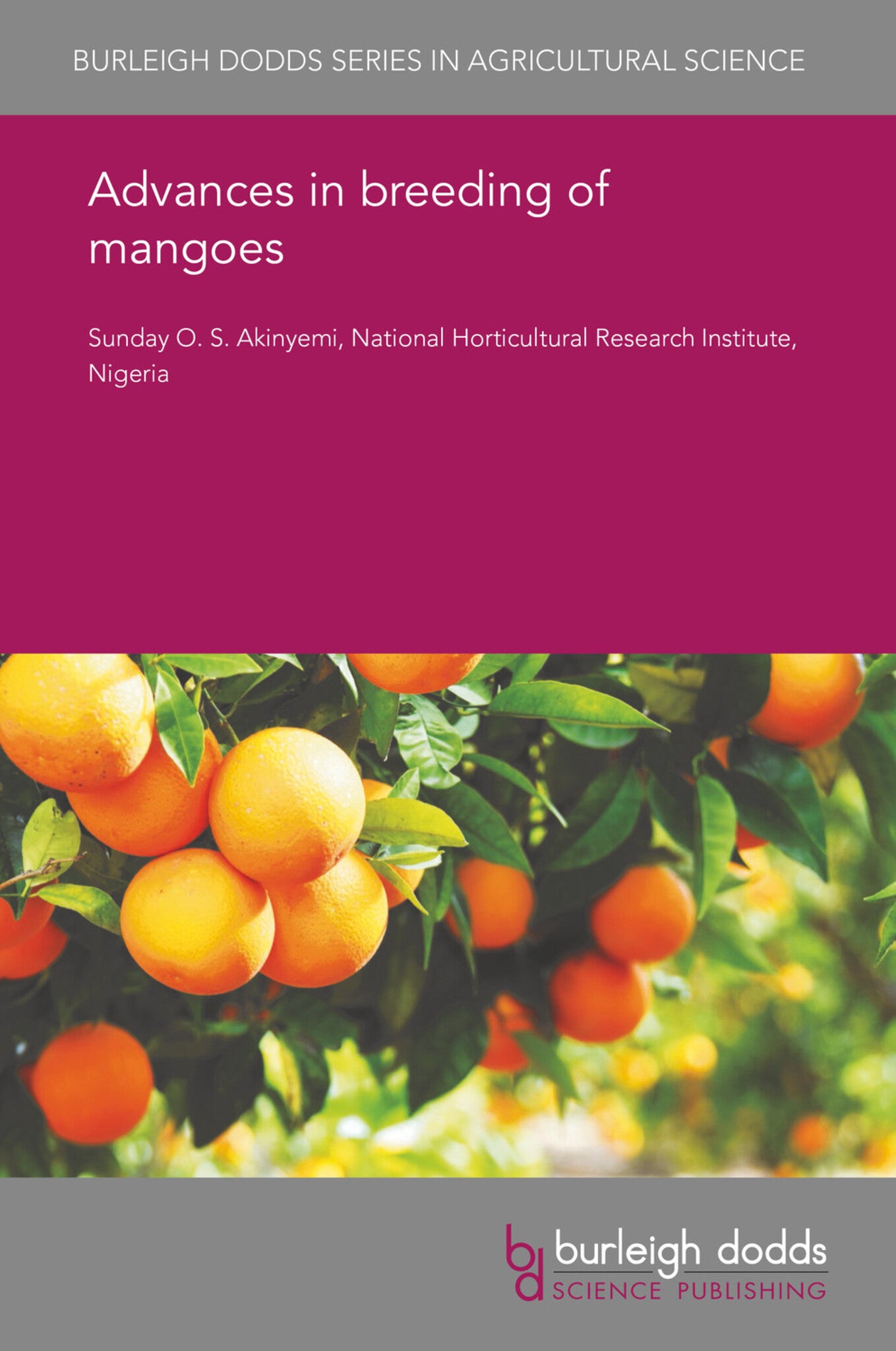We're sorry. An error has occurred
Please cancel or retry.
Advances in breeding of mangoes

Some error occured while loading the Quick View. Please close the Quick View and try reloading the page.
Couldn't load pickup availability
- Format:
-
09 December 2019


SCIENCE / Life Sciences / Horticulture, Commercial horticulture, TECHNOLOGY & ENGINEERING / Agriculture / Tropical Agriculture, TECHNOLOGY & ENGINEERING / Agriculture / Agronomy / Crop Science, TECHNOLOGY & ENGINEERING / Agriculture / Sustainable Agriculture, Botany and plant sciences, Sustainable agriculture, Agronomy and crop production, Tropical agriculture

1 Introduction 2 Conventional breeding methods 3 Molecular methods in breeding 4 In vitro techniques 5 The use of molecular markers 6 Genetic engineering of mango 7 Conclusion 8 References



